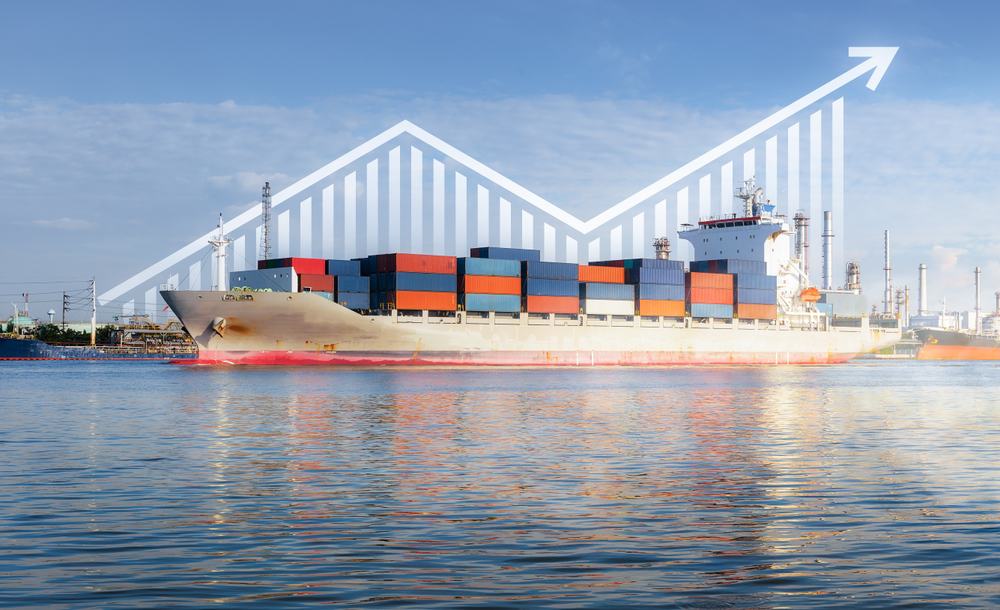Without a way for industry to work together, the US, Canada, and Finland will not achieve the aims of the ICE pact, writes Denis Morais, CEO SSI.
The United States and Canada have made no secret of their desire to add to their ice-breaking capacity, with ambitious plans to build the new tonnage in their home countries.
The US has indicated it could need as many as 40 new icebreaking vessels, in addition to ice-class tonnage that could be required to support operations in the high north. In Canada’s case, the need is for fleet replacement and additions, of potentially more than 20 new ice-capable vessels.
For both countries the need is commercial and strategic. The gradual opening up of the Northwest Passage will increase merchant shipping traffic in coming decades, though navigation will require icebreaking assistance for the foreseeable future.
In strategic terms, even without an increase in already fragile geopolitical relationships, all Arctic nations recognise the importance of the polar region to defence and economic development.
The US and Canada are home to shipyard capacities that can help meet new vessel demand, but they must look elsewhere for technical expertise to supply it, principally Finland.
The existing Icebreaker Collaboration Effort agreement between these three countries signals a willingness to co-operate on icebreaking but amounts in practice to a memorandum of understanding rather than a commitment to design and build the required ships.
The key challenge for the US and Canada is to gain the knowledge needed for icebreaker construction to deliver the required volume of vessels and to build a sustainable industry.
Beyond meeting immediate demands, their ultimate goal is to sustain robust shipbuilding industries. Finland, a leader in icebreaking technology and supply chain expertise, constructs over 50% of the world’s icebreaking vessels. Its knowledge and expertise present an invaluable opportunity for synergy between these countries – and potentially others.
Although different in many respects, an Arctic shipbuilding alliance could resemble the AUKUS partnership which strengthens security co-operation and capacity while sharing knowledge between members and putting capacity where it is most needed. The AUKUS partnership model – which has explicit pillars and committed industry participants – would encourage ICE Pact nations to commit to hitting agreed milestones.
The question is how to leverage the expertise in Finland to enable the US and Canada to develop capacity and capability, providing long term support to their shipbuilding industries.
Attempting to build all the required vessels independently, without sharing knowledge or resources, risks falling short of national objectives. No nation wants to entirely outsource the construction of vessels or simply purchase finished ships. Each country aspires to build a self-sufficient shipbuilding industry.
Several challenges present themselves.
It might seem optimistic or even naïve to call for international co-operation at a time when trade tensions and geopolitics are so close to front of mind for businesses, governments and consumers.
However, since the world will continue to change rapidly over the next decade and beyond, it seems reasonable to consider how to create the industry alliances that can support mutual interest and encourage investment.
Building the necessary supply chain could face obstacles if trade barriers continue to rise and fall, though in the longer term this should encourage investment made against commitments to build the new vessels.
The US and Canada also need to bring together government and commercial stakeholders – including designers, shipbuilders and the material and equipment supply chain – into a single cohesive team as Finland has done so successfully.
An Arctic Shipbuilding Alliance, centred on connecting designers and shipyards, could foster the collaboration required to achieve shared goals. This partnership could enable the efficient production of icebreaking vessels while simultaneously fostering the development of shipbuilding capabilities across skilled labour, supply chains and technology.
To address the immediate need for vessels, the initial phases of this collaboration may involve outsourcing design, construction, and supply chain activities beyond national borders. Over time, however, such collaboration would help each country develop the capabilities needed to meet future demands autonomously.
This approach also goes further than short- or long-term political goals. It promotes mutual growth, ensuring that each nation benefits equitably while avoiding monopolization of advantages. Ultimately, by working together strategically, these countries will build industries that are resilient, innovative and sustainable.
About the Author: Denis Morais is the CEO of SSI. He has been internationally recognized for his work in solving shipbuilding’s most difficult business and technology challenges.





